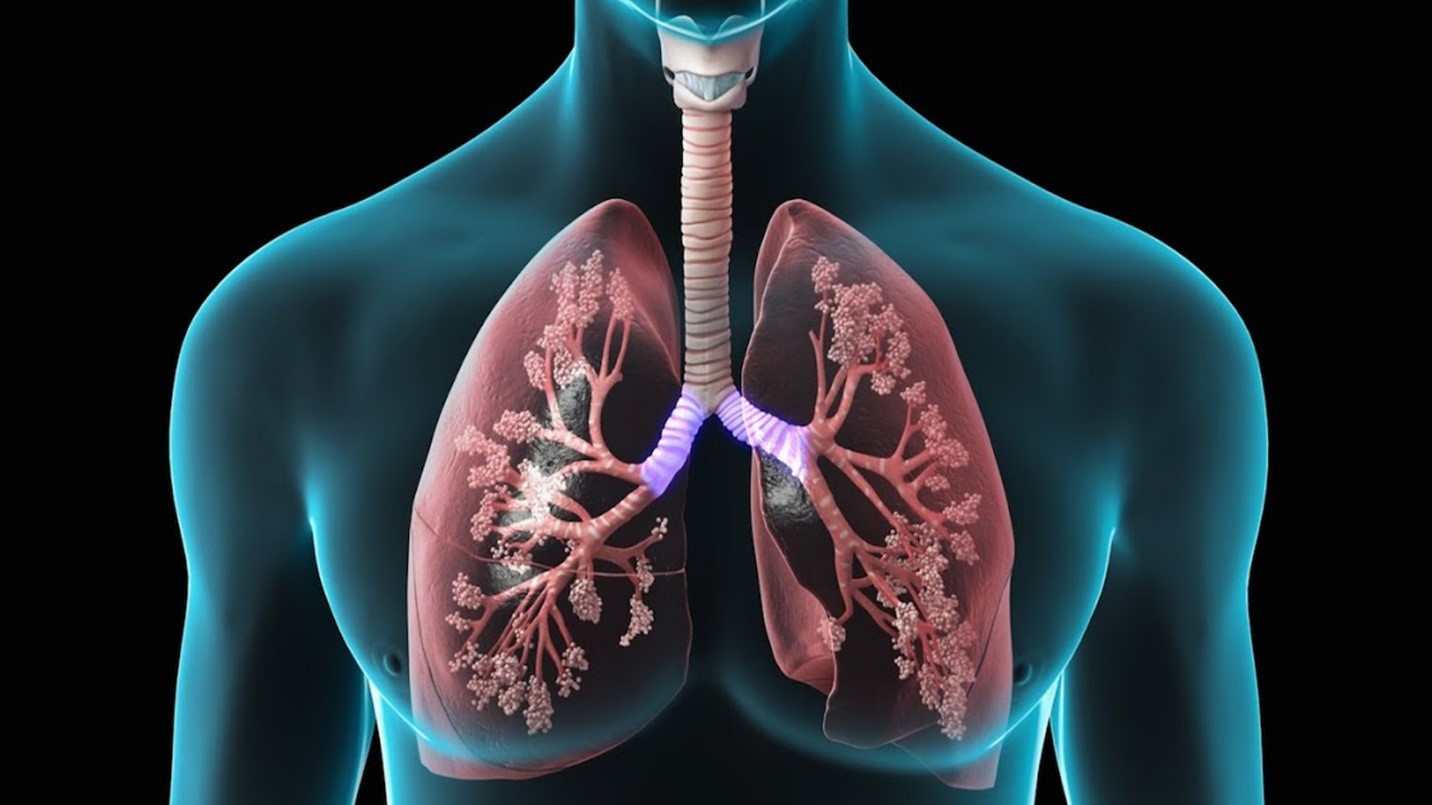In recent years, there has been increasing awareness of the importance of lung health in children. The lungs are essential for oxygenating the blood and removing carbon dioxide, and their proper function is critical for overall health and development. Unfortunately, various factors, including environmental pollutants, sedentary lifestyles, and poor dietary habits, can adversely affect lung function in children. This article explores how lifestyle changes can significantly improve lung function in children, focusing on key areas such as diet, physical activity, and environmental management.
Diet and Nutrition
Proper nutrition is fundamental to the development and maintenance of healthy lung function in children. A balanced diet rich in fruits, vegetables, whole grains, and lean proteins can provide the essential nutrients required for lung health.
Antioxidants: Foods rich in antioxidants, such as vitamins C and E, can help combat oxidative stress in the lungs. Citrus fruits, berries, nuts, and seeds are excellent sources of these vitamins. Antioxidants neutralize free radicals, which can damage lung tissues and exacerbate respiratory conditions like asthma.
Omega-3 Fatty Acids: Omega-3 fatty acids, found in fish such as salmon and mackerel, as well as in flaxseeds and walnuts, have anti-inflammatory properties. Chronic inflammation can impair lung function, and incorporating omega-3-rich foods into a child’s diet can help reduce inflammation and improve respiratory health.
Hydration: Adequate hydration is crucial for maintaining the mucosal linings in the respiratory tract, which act as a first line of defense against pathogens and pollutants. Encouraging children to drink plenty of water can help keep these linings moist and functional.
Physical Activity
Regular physical activity is another critical factor in promoting healthy lung function in children. Exercise strengthens the respiratory muscles, increases lung capacity, and improves overall cardiovascular health.
Aerobic Exercise: Activities such as running, swimming, and cycling can significantly enhance lung capacity and efficiency. These exercises increase the heart rate and breathing rate, enabling the lungs to take in more oxygen and expel more carbon dioxide. Regular aerobic exercise can also reduce the severity of asthma symptoms and improve overall lung function.
Breathing Exercises: Specific breathing exercises, such as diaphragmatic breathing and pursed-lip breathing, can help improve lung function. These exercises teach children how to use their lungs more effectively, increasing oxygen intake and reducing breathlessness.
Outdoor Activities: Encouraging children to spend time outdoors can also benefit lung health, provided that the air quality is good. Outdoor play promotes physical activity and exposes children to natural environments, which can have additional health benefits. However, it is essential to monitor air quality and avoid outdoor activities during high pollution days.

Environmental Management
The environment in which a child lives and spends time can significantly impact lung health. Reducing exposure to pollutants and allergens is crucial for maintaining healthy lung function.
Indoor Air Quality: Indoor air quality can be improved by ensuring proper ventilation, using air purifiers, and minimizing the use of household chemicals and pollutants. Regular cleaning can reduce dust, mold, and pet dander, which are common indoor allergens that can affect lung function.
Avoiding Tobacco Smoke: Exposure to tobacco smoke, both active and passive, is a significant risk factor for poor lung health in children. Smoking cessation programs for parents and caregivers, along with strict no-smoking policies in homes and cars, can drastically reduce children’s exposure to harmful tobacco smoke.
Reducing Exposure to Outdoor Pollutants: Limiting children’s exposure to outdoor pollutants, such as vehicle emissions and industrial pollutants, is also vital. This can be achieved by advocating for cleaner air policies, choosing residential areas with better air quality, and avoiding outdoor activities during peak pollution times.
Managing Respiratory Conditions
For children with pre-existing respiratory conditions, such as asthma or cystic fibrosis, managing these conditions effectively is crucial for maintaining and improving lung function.
Medication Adherence: Ensuring that children adhere to their prescribed medications can help control symptoms and prevent exacerbations. Parents and caregivers should work closely with healthcare providers to develop and maintain effective treatment plans.
Regular Medical Check-ups: Regular check-ups with healthcare providers can help monitor lung function and adjust treatment plans as needed. Early detection and intervention for respiratory issues can prevent complications and improve outcomes.
Education and Support: Educating children and their families about their respiratory conditions and how to manage them can empower them to take an active role in their health. Support groups and educational resources can provide valuable information and emotional support.
Conclusion
Improving lung function in children through lifestyle changes is a multifaceted approach that involves proper nutrition, regular physical activity, environmental management, and effective management of respiratory conditions. By adopting these strategies, parents and caregivers can help ensure that children develop healthy lungs and enjoy better overall health and well-being. As awareness of the importance of lung health continues to grow, these lifestyle changes can play a crucial role in fostering a healthier future for the next generation.




